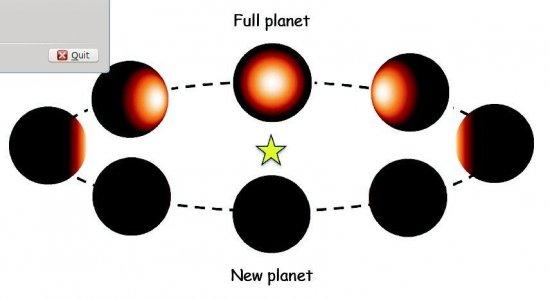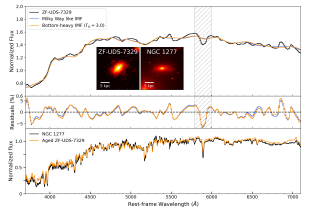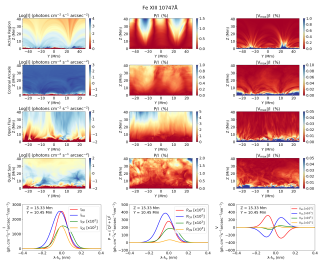The Kepler mission has made an important observation, the first detection of photons from a terrestrial planet by observing its phase curve (Kepler-10b). This opens a new field in exoplanet science: the possibility to get information about the atmosphere and surface of rocky planets, objects of prime interest. In this letter, we apply the Lava-ocean model to interpret the observed phase curve. The model, a planet with no atmosphere and a surface partially made of molten rocks, has been proposed for planets of the class of CoRoT-7b, i.e. rocky planets very close to their star (at few stellar radii). Kepler-10b is a typical member of this family. It predicts that the light from the planet has an important emission component in addition to the reflected one, even in the Kepler spectral band. Assuming an isotropical reflection of light by the planetary surface (Lambertian-like approximation), we find that a Bond albedo of sim50% can account for the observed amplitude of the phase curve, as opposed to a first attempt where an unusually high value was found. We propose a physical process to explain this still large value of the albedo. The overall interpretation can be tested in the future with instruments as JWST or EChO. Our model predicts a spectral dependence that is clearly distinguishable from that of purely reflected light, and from that of a planet at a uniform temperature.
Representation of emitted light from Kepler-10b during its different phases, according to the Lava-ocean model. The reflected light has a similar geometry, but a spectral content close to that of the stellar light
Advertised on
References
ApJ Letters accepted. arXiv:1109.2768



